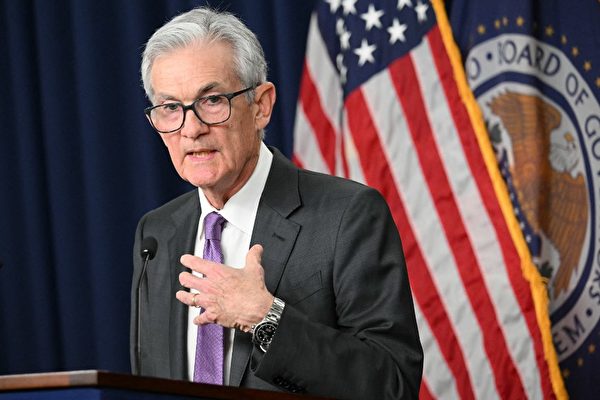The Federal Reserve is expected to announce its first interest rate cut in four years on Wednesday, September 18, a move that will have global implications.
The Fed will hold its interest rate meeting on September 17 and 18. Currently, the Fed’s benchmark interest rate is at 5.25% to 5.5%.
With the upcoming US presidential election in November, global investors and policymakers are closely watching the Fed’s guidance, hoping for a soft landing of the US economy.
Here are some of the key points of interest in the global markets as identified by Reuters.
Those hoping for a rate cut in the US to weaken the strong dollar and boost their own currencies may be disappointed. JPMorgan said that in the past four cycles, the dollar strengthened after the Fed’s first rate cut.
The outlook for the dollar largely depends on the US interest rates relative to other currencies.
A Reuters poll shows that by the end of 2025, the interest rate differentials between the Japanese yen and Swiss franc against the US dollar may halve, while the differentials for the British pound and Australian dollar against the US dollar could see only modest increases.
Unless the dollar becomes a truly low-yielding currency, it will continue to remain attractive to non-US investors.
Meanwhile, Asian economies have been leading the way in rate cuts ahead of the US, with the South Korean won, Thai baht, and Malaysian ringgit surging in July and August. The Chinese yuan has also recovered its losses so far this year against the US dollar.
A decline in US interest rates could provide more room for maneuver for central banks in emerging markets to loosen policies and support domestic growth.
Among the 18 emerging markets tracked by Reuters, about half have moved ahead of the Fed and started this round of rate cuts, focused mainly in Latin America and emerging Europe.
However, the volatility and uncertainty surrounding the US presidential election could cast a shadow over the global economic outlook.
Trang Nguyen, Global Head of Emerging Markets Credit Strategy at BNP Paribas in Paris, said that the US election will have significant implications for the global economy, especially in terms of various fiscal policies (potential government spending and tax agendas), making the rate-cut cycle even more complex.
“In this context, we may see central banks taking more unconventional actions,” she said.
Global stock markets have recently experienced a downturn due to concerns about economic growth, but if the US rate cut stimulates economic activity and avoids a recession, a rebound may be expected.
The global stock markets saw a sharp decline in early August due to weak US employment data.
Emmanuel Cau, Head of European Equity Strategy at Barclays, said, “Markets are typically unstable before and after the first rate cut as they want to understand the reasons behind the central bank’s decision.”
He added that in the absence of a recession, a rate cut usually leads to a market rebound.
A soft landing in the US could also have a positive impact in Asia, although the Nikkei index has fallen by over 10% from its July peak due to the appreciation of the yen and rising interest rates in Japan.
If the Fed does not cut rates due to higher than expected US inflation, the European Central Bank or the Bank of Canada may face significant depreciation of their currencies, exacerbating pressure on domestic prices.
The US rate cut has finally begun, providing some relief to regions with economies weaker than the US. Traders are increasing their bets on other central banks following the Fed in cutting rates.
However, because the European Central Bank is more cautious about currency inflation risks, despite cutting rates once in June, the market believes that the number of rate cuts in Europe this year will still be fewer than the Fed’s.
Confidence in the Fed’s rate cut is starting to benefit the global bond markets, as global bond markets usually move in sync with US Treasuries.
Bond yields for US, German, and UK government bonds are expected to see quarterly declines for the first time since the Fed shifted direction at the end of 2023.
(Partial information in this article is based on reports from Reuters.)

